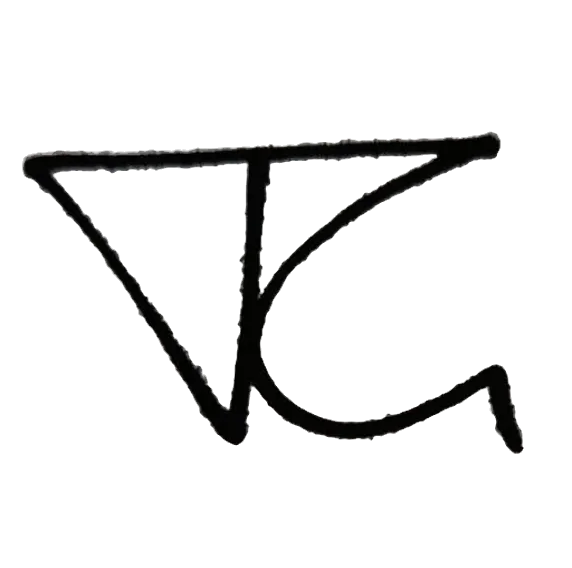Posture (1): Sam Harris or Daniel Brown? Channels or muscles? Tibetan views and science on posture.
- Till Gebel
- Jun 28, 2024
- 4 min read
"Just sit comfortably". Should I really? Or should I rather take the 7-point posture by Vairocana? I am listening to one of Sam Harris´ Daily Meditations of the "Waking Up" app, but I remember Daniel P Brown´s instructions.

Sam Harris invariably begins his 10 minute meditations with this instruction, or similar:
Okay, just sit comfortably. Doesn't matter whether you're on a chair or couch, or on a cushion on the floor. Any position where you can be alert is fine.
In principle, I like this approach. Why is that? In the first photo above that's my "original nature". The second photo shows what I do in meditation, despite my lazy nature. Or at least I try to, based on science.
Sam Harris and Daniel P Brown , Tibetan Buddhism and Science on posture
It seems that Sam Harris doesn´t really stress a particular meditation position. Daniel P Brown is much stricter. In his writings, he explains both the Tibet and the scientific approaches to explain the significance of posture.
There are two approaches to argue for a specific posture:
Channels: The Tibetan approach, using the concept of unblocking channels
Muscular tension distribution: a scientific approach how to keep alertness through posture.
Why sit upright? The significance of "channels" for posture in Tibetan meditation
The traditional Tibetan literature, for example the "A Khrid" system, usually refers to "channels" as being optimised by posture. Do channels really exist? I don´t think so - they are mental constructs, but that´s fine.
In Tibetan meditation, the body is viewed as a vessel traversed by energy channels called "nadis." The correct posture optimizes energy flow in these channels, particularly the central channel.
The illustration shows the 7-Point Posture, always suggested in Dan Brown´s retreats.

Ilustration from "Self-Arising Threefold Embodiment of Enlightenment"
A relaxed posture with the pelvis sitting too low can block the opening of the central energy channel, potentially causing restlessness and mania. Conversely, the right posture ensures free energy flow in the central channel, supporting meditation. Visualization techniques involving the three main channels (right, left, and central) are part of meditation practice. These channels are visualized as hollow tubes open at the top, extending from the base of the spine to the head.
This visualization aims to heighten awareness of subtle energies in the body and support meditation practice. The proper body posture that optimizes energy flow in the channels is of great importance for meditation practice. It supports mental clarity, reduces mind wandering, and promotes the experience of subtle energies.
The practice of visualizing the channels complements this physical alignment and deepens the understanding of subtle energies in the body. The description of the channels and their functioning in Tibetan meditation is based on subjective experiences and traditional teachings.
The significance of "equal distribution of muscle work" for posture as seen through science
The "Pointing Out the Great Way" (POW) method prescribes a specific way of sitting, as does Culadasa in "The Mind Illuminated". Dan Brown in "The Elephant Path" explains the underlying physiological reason for his recommendation: the key point is "even output and distribution of muscle work".
Aikihige (1970) conducted a study of muscle activation during adopting a meditation posture in beginning and advanced Zen monks. He found that from the perspective of the striated musculature meditation is not at all relaxing, but more accurately is seen as the even output and distribution of muscle work. it takes a good deal of muscle work from large muscles in the body. (...) to hold the upper trunk throughout concentration. This muscle work has to beneficial effects. It maintains a certain level of alertness and is a significantly correlated with less rather than more mind-wandering. When we say that the body posture is the foundation for training concentration. This means that it is easier to train concentration while maintaining good body posture because the mind stays more alert and the mind wanders less. (Bissanti 2022,)
The Seven Point Posture
These are the traditional seven body points.
1. Feet- cross-legged
2. Spine– straight
3. Upper Trunk– upright and open
4. Hands– equipose
5. Neck– slightly bent
6. Tongue– touching upper palate
7. Eyes– half open, fixed, unfocused
You can refer to the detail through the attached links. I recommend Escoffier.
Resources
Akishige, Y. (1977). Psychological Studies on Zen - i: Yoshiharu Akishige: Amazon.com: Books. https://www.amazon.com/Psychological-Studies-Zen-Yoshiharu-Akishige/dp/B003VHWG8I/
Bissanti, M., Brown, D. P., & Pasari, J. (2022). The Elephant Path: Attention Development and Training in Children and Adolescents (2.). Mustang Bon Foundation.
Yates (Culadasa), J., & Immergut, M. (2017). The Mind Illuminated: A Complete Meditation Guide Integrating Buddhist Wisdom and Brain Science for Greater Mindfulness. Hay House Uk.
Escoffier, N. (2022, June 25). Seated Like A Buddha : The Seven Points Posture Of Vairocana. Nicolas Escoffier, PhD. https://nicolasescoffier.com/seven-point-posture-vairocana/
Gebel, T. (2024f, May 31). Daniel P Brown: the A Khrid system. A short overview. Self-Arising Threefold Embodiment of Enlightenment. And. Till Gebel. https://www.till-gebel.com/post/daniel-brown-a-khrid/
Sam Harris. (2022). Sam Harris. https://www.samharris.org/
Shar Rdza bKra’ Shis rGyal Mtshan, Brown, D. P., & Sonam Gurung. (n.d.). Self-Arising Three-fold Embodiment of Enlightenment [of Bon Dzogchen Meditation]: Shar rdza bKra’ shis rGyal mtshan,. https://www.amazon.com/-/en/Shar-Rdza-Bkra-Rgyal-Mtshan/dp/195695001X/
Vairotsana. (n.d.). Seven-point posture of Vairochana - Rigpa Wiki. Rigpa Wiki. https://www.rigpawiki.org/index.php?title=Seven-point_posture_of_Vairochana




Comments